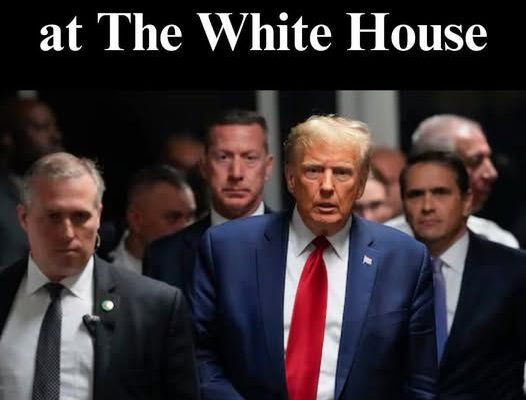An internal memo from the Trump administration outlines an extensive strategy aimed at significantly reducing government personnel, proposing a 50% workforce cut at the Department of Housing and Urban Development (HUD) and a one-third reduction in the Treasury Department’s staff.
This memo, drafted just a week ago, was created in anticipation of upcoming Reductions in Force (RIFs), which are expected to lead to a substantial decrease in government payrolls. As reported by the Washington Post, Trump has instructed heads of federal agencies to formulate their own downsizing strategies, with widespread layoffs set to commence next month.
Among the agencies facing major reductions are the Small Business Administration, projected to experience a 43% cut, and HUD, which is expected to see a 50% decrease. The Education Department, under Under Secretary Linda McMahon, has been mandated to halve its workforce, potentially saving $6 billion. The Justice Department is also anticipated to achieve $1.9 billion in savings through an 8% reduction. The National Science Foundation, historically favored by both parties for funding, will face a 28% cut, while the Commerce Department is set for a 30% reduction. The Treasury Department, which includes the Internal Revenue Service, is expected to see cuts of around 30%.
In a move aimed at achieving $1.8 billion in savings, Secretary Robert F. Kennedy, Jr. revealed a reorganization plan at the Department of Health and Human Services, which will lead to a reduction of 20,000 jobs, decreasing the workforce from 82,000 to 62,000. This plan includes the elimination of 3,500 full-time positions at the Food and Drug Administration, 2,400 at the Centers for Disease Control, and 1,200 at the National Institutes of Health.
In an interview with Bret Baier on Fox News, Musk remarked, “Our overarching goal is to cut spending by 15% through the elimination of waste,” suggesting that this target is quite achievable. He pointed out the prevalence of waste and fraud, as well as the government’s inefficiency. “When we do make mistakes, we rectify them swiftly and move forward,” he acknowledged, referring to notable errors such as the firing and later rehiring of nuclear safety staff.



